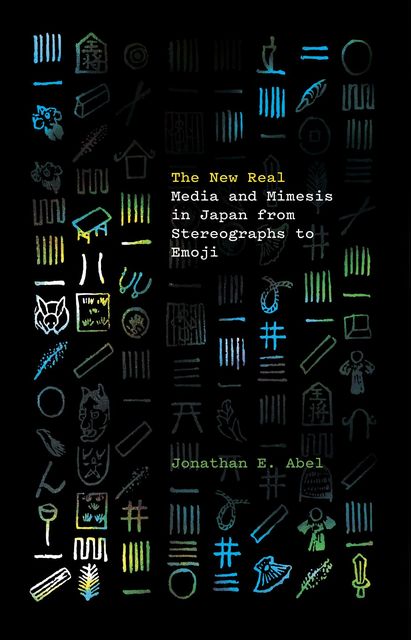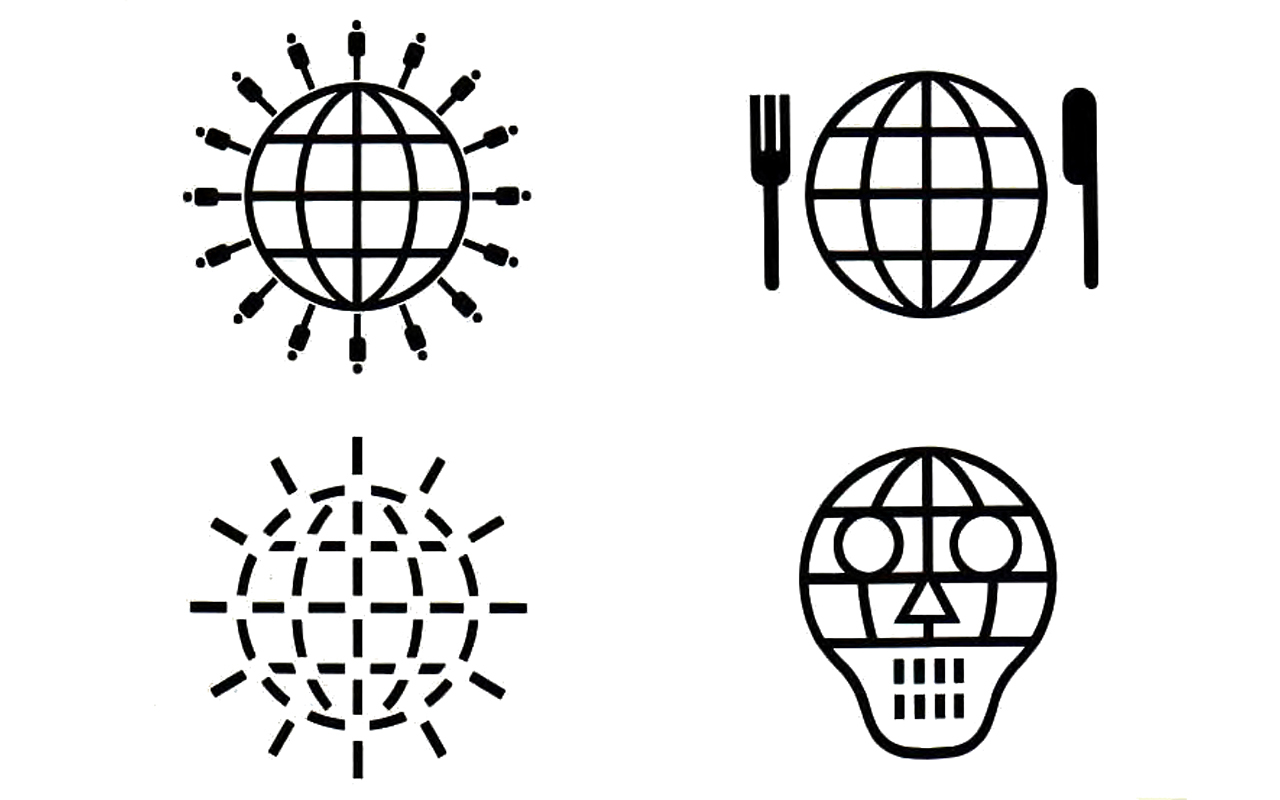The New Real
Media and Mimesis in Japan from Stereographs to Emoji
A synthetic history of new media reception in modern and contemporary Japan, The New Real positions mimesis at the heart of the media concept. Considering both mimicry and representation as the core functions of mediation and remediation, Jonathan E. Abel offers a new model for media studies while explaining the deep and ongoing imbrication of Japan in the history of new media.
From stereoscopy in the late nineteenth century to emoji at the dawn of the twenty-first, Abel presents a pioneering history of new media reception in Japan across the analog and digital divide. He argues that there are two realities created by new media: one marketed to us through advertising that proclaims better, faster, and higher-resolution connections to the real; and the other experienced by users whose daily lives and behaviors are subtly transformed by the presence and penetration of the content carried through new media. Intervening in contemporary conversations about virtuality, copyright, copycat violence, and social media, each chapter unfolds with a focus on a single medium or technology, including 3D photographs, the phonograph, television, videogames, and emoji.
By highlighting the tendency of the mediated to copy the world and the world to copy the mediated, The New Real provides a new path for analysis of media, culture, and their function in the world.


Table of Contents
Metadata
- rightsThe University of Minnesota Press gratefully acknowledges support for the open-access publication of this book from the Department of Asian Studies at Penn State University, with help from the Janssen Family Fund in Asian Studies.
Portions of chapter 4 are adapted from “Masked Justice: Allegories of the Superhero in Cold War Japan,” Japan Forum 26, no. 2 (2014): 187–208; reprinted by permission of Taylor & Francis Ltd., http://www.tandfonline.com. Portions of the Conclusion are adapted from “Not Everyone 💩s; or, The Question of Emoji as ‘Universal’ Expression,” in Emoticons, Kaomoji, and Emoji: The Transformation of Communication in the Digital Age, ed. Elena Giannoulis and Lukas R. A. Wilde, 25–43 (New York: Routledge, 2019); reprinted by permission of Taylor & Francis Group, LLC, a division of Informa PLC; permission conveyed through Copyright Clearance Center Inc.
Copyright 2022 by the Regents of the University of Minnesota
- isbn978-1-4529-6901-5
- publisherUniversity of Minnesota Press
- publisher placeMinneapolis, MN
- restrictionsThe New Real: Media and Mimesis in Japan from Stereographs to Emoji is licensed under a Creative Commons Attribution-NonCommercial-NoDerivatives 4.0 International License (CC BY-NC-ND 4.0).
- rights holderRegents of the University of Minnesota
- doi

